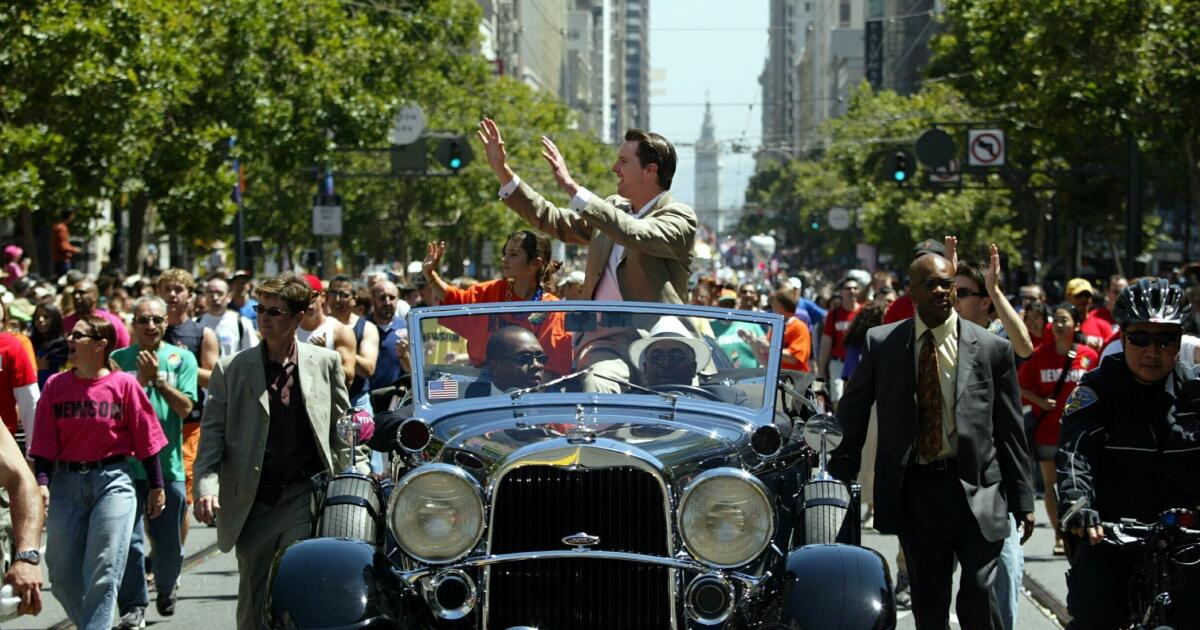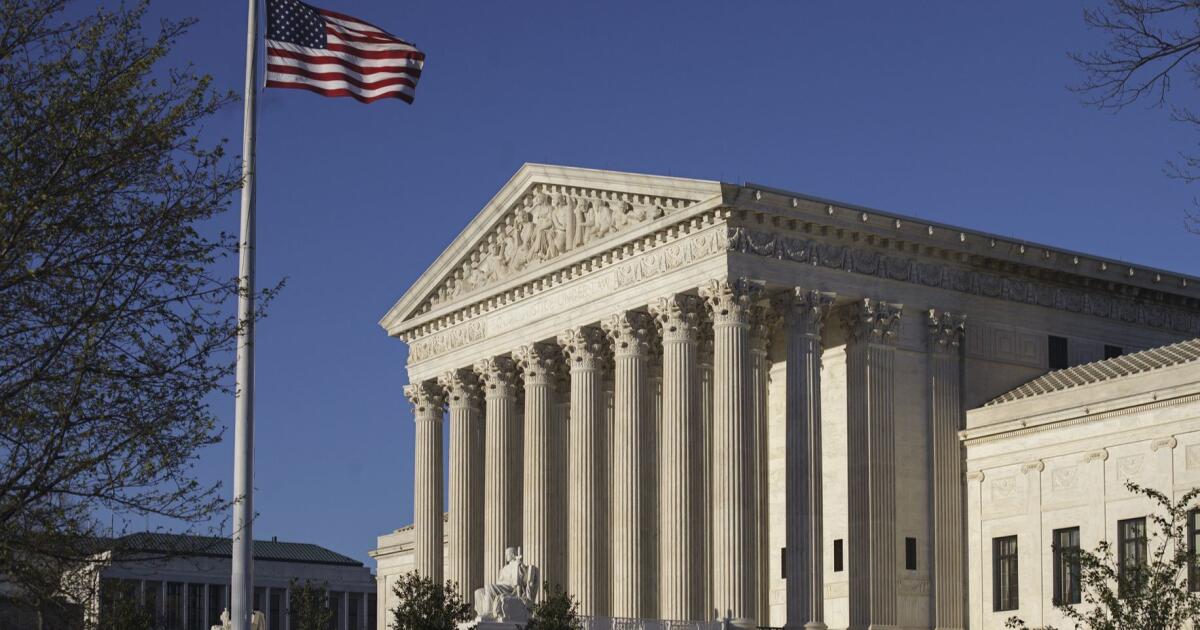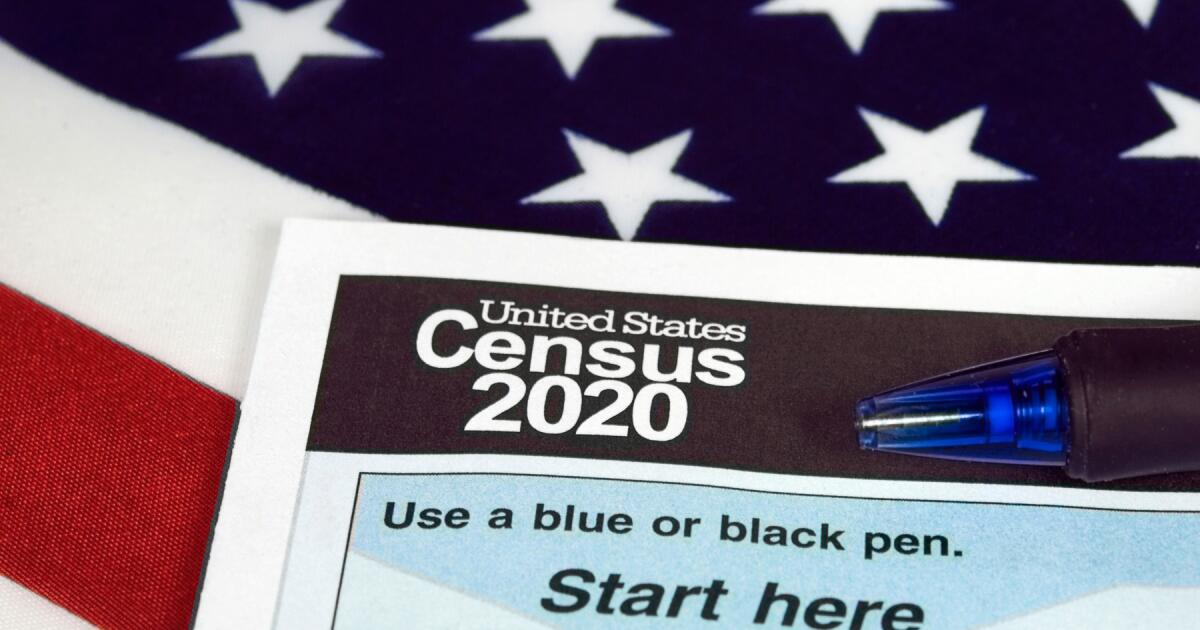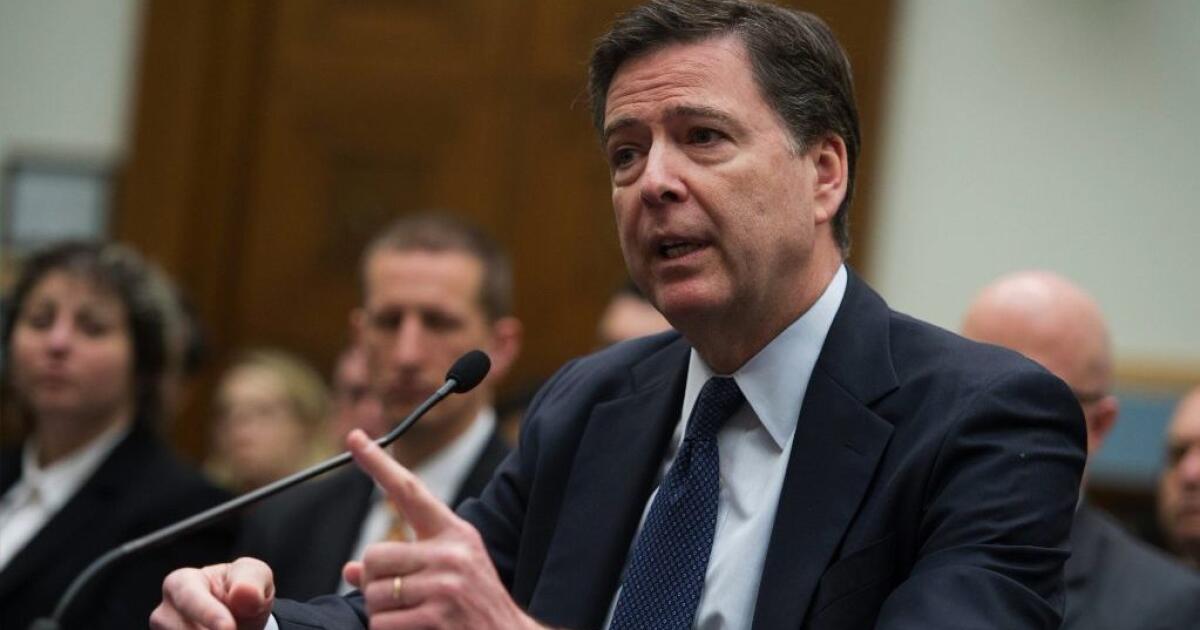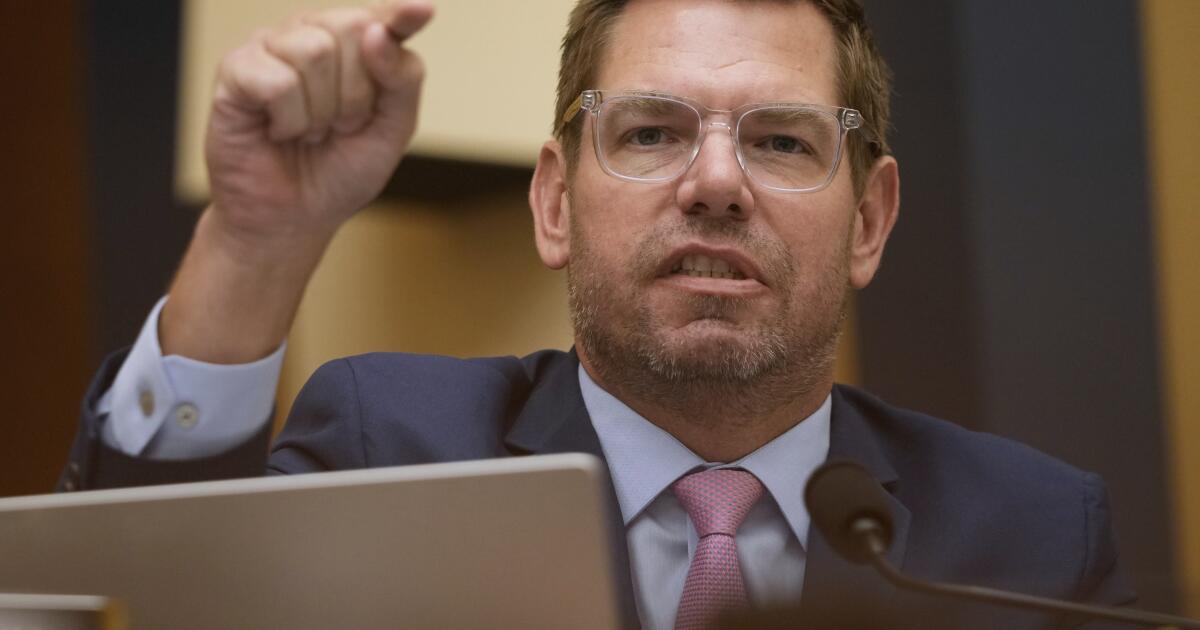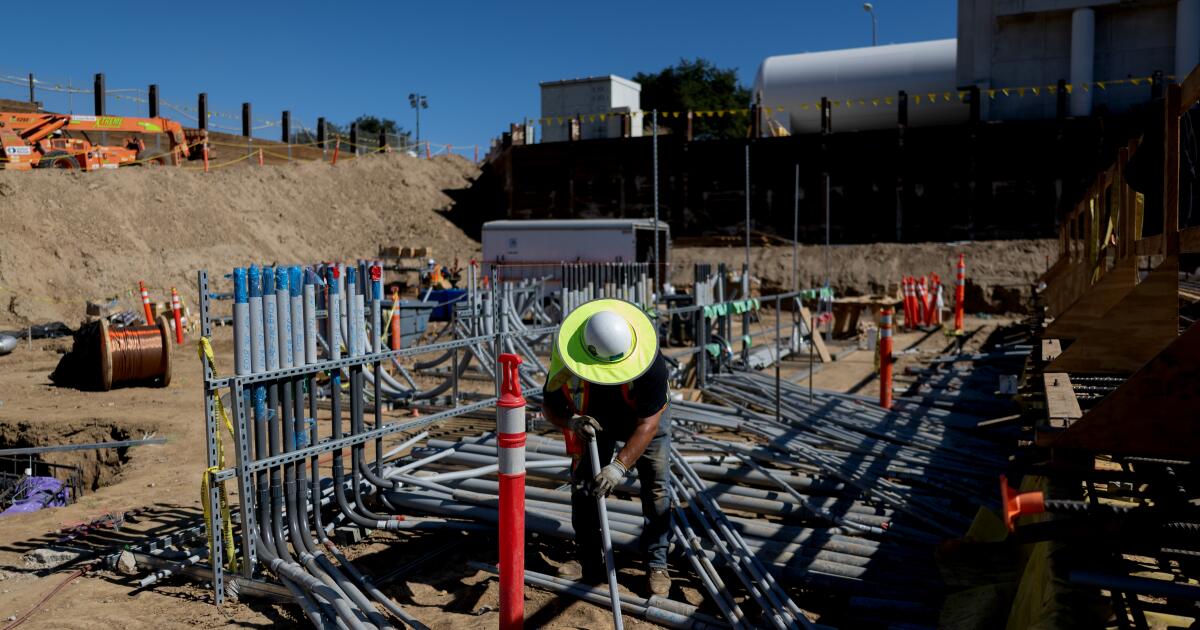Telecom Industry Did Not Back Off in 310 Code Fight : Communications: Assembly approves bill without recision of West L.A. overlay, thanks to fierce lobbying by phone, cable companies.
In defeating a measure to rescind the 310 area code overlay, telecommunications companies showed they won’t shrink from battle as the state moves to put tighter controls on area code changes, industry leaders said Friday.
The state Assembly early Friday approved a bill, AB 406, that sets additional hurdles in place before area code splits and overlays can be imposed.
But the bill, which had been approved late Thursday by the Senate, was passed only after a provision rescinding the 310 overlay on the Westside and South Bay was removed.
That change was credited to a fierce lobbying effort by telecom companies, and could serve as a preview of what’s to come as lawmakers and utilities regulators consider ways to slow the proliferation of overlays and splits statewide, including a split proposed for the San Fernando Valley.
“I was unable to get for 310 what I had my heart set on, which was the recision of the 310 overlay and 11-digit dialing,” said Assemblyman Wally Knox (D-Los Angeles), who wrote AB 406 (which became the vehicle for the legislation formerly known as AB 818).
Knox said a sustained lobbying effort by telephone industry representatives resulted in the removal of the 310 overlay and 11-digit dialing portion from the bill.
Representatives from Pacific Bell, GTE, AT&T;, MediaOne Telecommunications of California, the California Cable Television Assn. and the Cellular Carriers Assn. of California were among the 30 lobbyists arguing that the provision would diminish competition among carriers and consumer choice.
“The intensive lobbying effort should have been anticipated by everyone because the stakes were so high for the industry,” said Dennis H. Mangers, senior vice president of the California Cable Television Assn., a group whose members are seeking a foothold in the telephone business.
Even so, the arm-twisting in Sacramento stands in contrast to the role played by phone companies at public forums on the issue.
At a recent Van Nuys town hall meeting on splits and overlays, for example, no phone company representative spoke publicly–although at least one was in attendance, observing the proceedings.
Telephone company officials said Friday that they have sent representatives to numerous public hearings on the matter, but remained silent to give residents the chance to express their concerns.
*
Industry lobbyists said regulatory meetings and legislative sessions are the proper forums for them to state their positions.
In Sacramento, telecom lobbyists argued that rescinding the overlay in West Los Angeles and the South Bay would be unfair because phone companies had already spent millions to compete for local customers in the region, Mangers said. He also said numbers already had been assigned in the new 424 area code overlay.
“We reminded them that it was they who encouraged communications companies to do business in California,” Mangers said. “If they passed the bill containing that provision, they would be cutting off their own policy.”
Cable company MediaOne, for example, spent $600 million to upgrade its facilities to provide digital telephone service, high-speed Internet access and cable television to Los Angeles customers, particularly those in the 310 region, officials said.
“We have definitely been lobbying in Sacramento,” said Theresa L. Cabral, MediaOne’s senior corporate counsel. “Our concern is that we have made that investment and we can’t use it.”
Pac Bell protested the bill because rolling back the 310 area code overlay would hurt customers who need numbers, said Steve Getzug, a spokesman for the company.
Pac Bell and GTE, the two largest phone companies in Los Angeles, are pushing specifically for overlays when area code relief is needed.
With an overlay, new phone lines within a specific area code are given a new area code–even if it is in the same home or building. Additionally, all users in an overlay area must dial the area code–even to a number with the same area code.
*
Phone company officials say the overlay is less disruptive than actually creating a new area code through a geographic split, but critics say such splits and overlays would not be needed if regulators did a better job of allocating and conserving phone numbers.
Knox, who has emerged as the leading consumer advocate on the issue, said Friday that he will now take his fight to the PUC, which is scheduled to take up proposals for a 310 overlay and an 818 split on Wednesday.
“It is important for folks to know that the fight is not over,” he said. “The momentum we have built in the Legislature we will now take to the PUC.”
Gov. Gray Davis has not taken a position on AB 406, aides said. But if he does sign the bill, PUC officials will analyze it to determine its role in implementing new area codes and overlays, said Kyle DeVine, a PUC spokeswoman.
“Until we get direction from the commissioners,” she said, “we can’t say what we are going to do.”
The bill, which passed the Senate on a 35-0 vote, was approved in the Assembly on a vote of 79 to 1, with Assemblyman Tom McClintock (R-Northridge), dissenting. He could not be reached for comment Friday.

